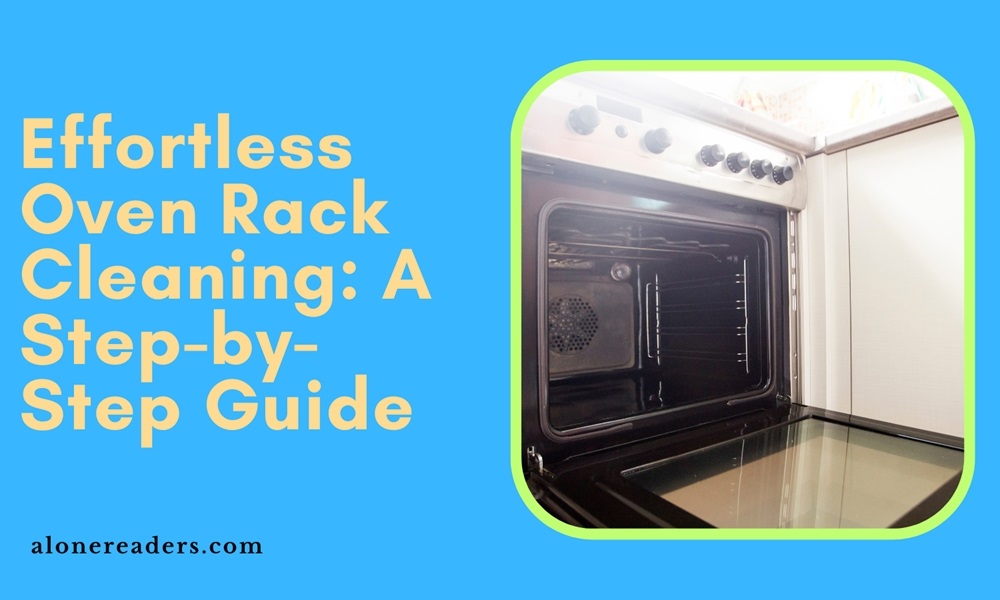
Among all the kitchen appliances, oven racks are the largest, most unsightly, and difficult to clean. Because of the wires, which can shoot gunky soap slime everywhere, cleaning them takes skill and a lot of elbow grease. Therefore, work vigorously but also carefully. You'll need to find a different location to clean oven racks because they're heavy and most likely won't fit in your sink. Also, they become dirtier the longer you wait.
You can be sure you're giving your oven all the care and attention it needs with our comprehensive guide, regular maintenance suggestions, safety advice, and guidance on how often to clean your oven racks.
While we advise using the soak-and-scrub method every 2 to 3 months, you can still use it for the remaining time. You can avoid the most difficult-to-remove messes and minimize the probability of an unpleasant smell by routinely cleaning the racks in between the soak and scrub procedures. If you use your oven every day, you can carry out this process every day or as often as necessary. Hot, soapy water and a sponge are all that are needed.
Each day, remove the racks and give them a thorough cleaning, making sure to clean both sides. Before putting the racks back in the oven, rinse them with fresh water and let them dry. This kind of simple cleaning should always be done to oven racks because letting messes bake on makes them more difficult to remove.
Equipment
Materials
Gather the Cleaning Solution
Add 2 to 3 scoops of baking soda, a tablespoon or two to a half cup of dish soap, and enough hot water to cover the racks to the sink or tub.
Oven Racks for Soaks
If the racks are particularly dirty, let them soak for several hours or even several minutes. After that, use a fresh sponge to scrub them.
Wash and Let Air Dry
Before re-entering the oven, rinse the racks under clean water and let them air dry.
Oven racks can be cleaned using a variety of techniques, but these three are particularly useful because they are safe, efficient, and create less mess than some other solutions.
Laundry Detergent: For the deep cleaning, follow the above instructions, but use ½ cup to ¾ cup of laundry detergent in place of dish soap.
Dryer Sheets: Set the oven racks in the sink or bathtub, cover them with hot water, and add a tablespoon or two of dish soap. When the water begins to foam, add a few dryer sheets to the tub and mix. To get rid of any last bits of residue, drain the water and use the dryer sheets to clean the racks. Re-sink the racks in the oven after giving them a thorough rinse and allowing them to air dry.
Vinegar and Baking Soda: After placing the racks in the tub or basin, mix vinegar and baking soda and sprinkle them on top. Add enough hot water to cover the racks once the foaming stops, then leave them to soak for up to an entire night. Use a sponge or towel to scrub, then a scrub brush or toothbrush for the areas that are the most difficult.
If your oven and racks are clean, but the racks still won't slide out, use a cloth to lightly coat the left and right sides of the racks, the parts that touch the side tracks, with only a little vegetable oil. Vegetable oil should be used exclusively because it can withstand far higher temperatures than other types of oil.
There are a few safety measures to consider when cleaning oven racks:
Final Word
Oven rack cleaning doesn't have to be a laborious task. The most difficult tasks can be finished manually with the correct cleaning solution and equipment. Here, we discuss how to clean your oven racks fully and simply to help you maintain their best condition.
Oven racks should always be clean for you and your kitchen, especially if you occasionally cook food directly on them. Your kitchen will smell better, your food will taste better, and your home may even be safer and more hygienic after you learn how to clean oven racks correctly. Even though you might not give your oven racks much thought, they spend a lot of time gathering grease, grit, and grime, which can result in flavors and odors that are unpleasant, as well as harmful fumes and a fire hazard.